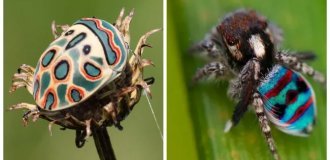The inventor of the poison that killed 600 men (8 photo)
"The most charming and respectable lady," whispered Koroviev, "I recommend to you: Madame Tofana. She was extremely popular among the young charming Neapolitan women, as well as the residents of Palermo, and especially those who were tired of their husbands. After all, it happens, Queen, that a husband gets tired of her..." (c) M. A. Bulgakov
The Dynasty of Poisoners 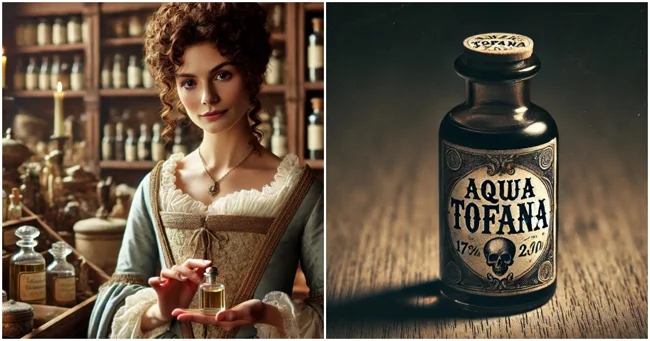
It is worth noting that only Madame Tofana was presented at Woland's ball, and they (the poisoners), by the way, there was a whole dynasty. They committed lawlessness in Italy, in the 16th-17th centuries. Today, of course, it is not easy to distinguish truth from speculation, after all, several centuries have passed. But there are a number of hard facts, which are more than enough to assess the level of cynicism of the women of the Tofana dynasty. 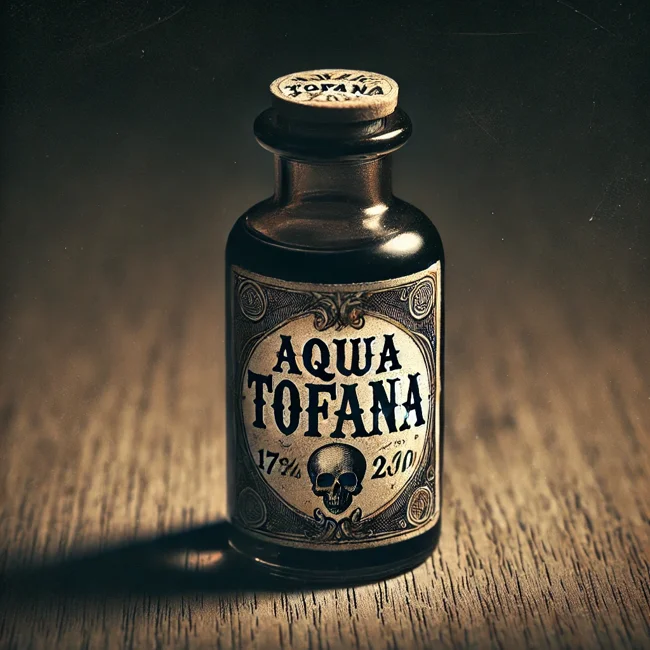
Most likely, the founder was Tufania from Palermo. It was she who opened the first cosmetics shop, which had one little secret. They sold the usual powder and whitewash, but the composition included arsenic. Tufania also practiced witchcraft, so, of course, she was burned in the 16th century. Well, how else. 
Either the granddaughter or great-granddaughter of Tufania, Teofania di Adamo became the most famous of the entire dynasty - there are records about her dating back to the second half of the 17th century. Then there is confusion. Theophania allegedly had two daughters - Giulia Tofana and Geronima Spera. The latter was thrown into prison with her mother, and Giulia, they say, managed to escape and successfully, so to speak, continued her mother's work. But according to other sources, Giulia and Teofania are one and the same person.
Let's go with the second option and leave Julia Tofana as the main representative of the dynasty. Continuity is not so important here, but personality is.
Savior of Women 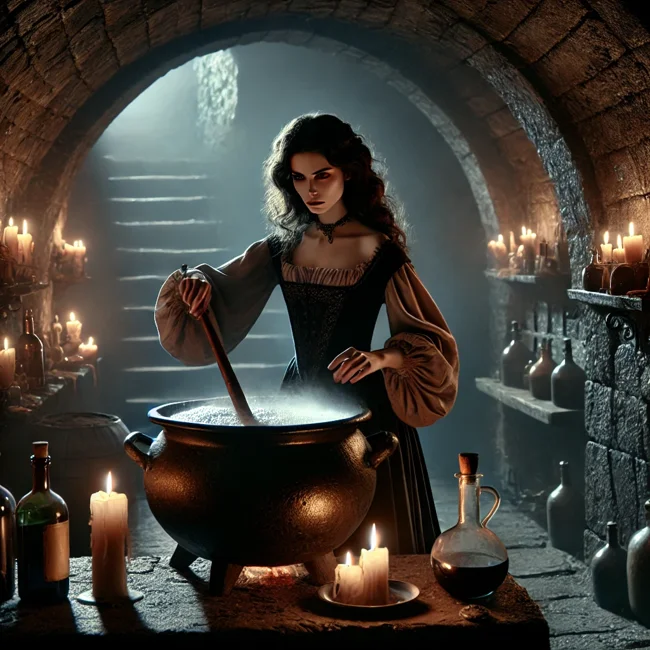
Mid-17th century. The widowed Julia Tofana moves to Rome from Naples. She opens a cosmetics shop there, where she sells all sorts of lotions and potions in beautiful bottles. Tofana quickly becomes famous in narrow circles and not at all thanks to cosmetics.
Julia was called the "savior of women" thanks to the Aqua-Tofana product, on the bottle of which Saint Nicholas the Wonderworker was painted. Unofficially, the product was also called "Saint Nicholas's manna" and was considered to be perfumed toilet water. But in fact, the elegant bottle contained poison - tasteless, odorless and colorless. It was undetectable and 100% deadly. The exact composition of Aqua-Tofana is still unknown, except that it definitely contained belladonna and arsenic. 
The effect of the "perfume" was guaranteed: the poisoned person began to slowly fade away. The first dose of "Tofana water" caused noticeable weakness and exhaustion. The second - acute abdominal pain, vomiting and dysentery. And then - death. Moreover, it came slowly, which gave the dying person the opportunity to properly formalize all wills and affairs.
Who were Tofana's clients? Those same women who, as Bulgakov's Fagot said, "were fed up with their husbands." It is worth remembering that the times were such that a woman was more a commodity than a person. Noble Italian women were a resource. Parents dreamed of successfully pushing their daughter out of the parental home in marriage, and the husband treated his wife like a sow producing heirs. As soon as the childbearing age ended and she ceased to be so young, the husband began to treat her with the utmost disdain. No wealth of the husband could save an Italian woman from humiliation. I really wanted to become a widow and, preferably, quickly, since this was the only way to live with dignity. This is where Mrs. Tofana came to the rescue, who soon became famous in the city. 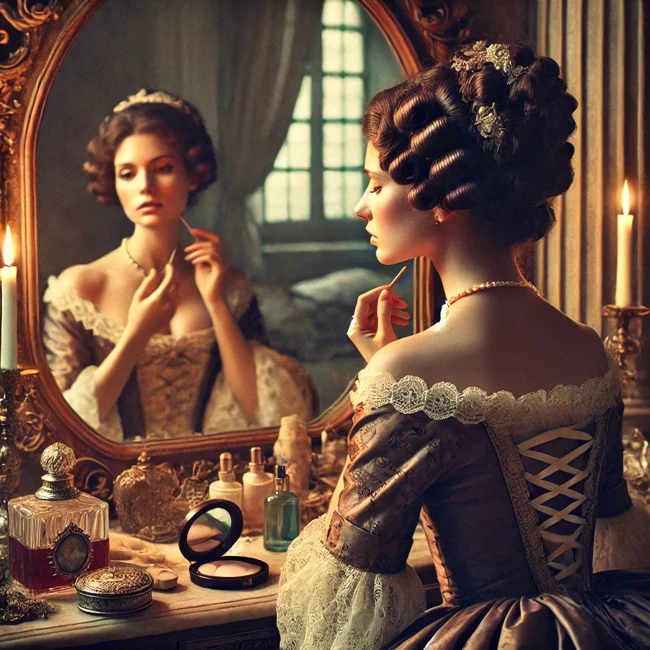
The Roman women at that moment changed a lot just from the fact that there was a bottle on the dressing table. After all, few decided to immediately pour poison into their husband's soup, but the fact that the bottle with poison was always in front of their eyes somehow noticeably invigorated the women. It was enough for the hateful husband to say something nasty to his wife again, or hit her, so that the driven woman would diversify the dinner menu.
This is how some epidemic of deaths of influential gentlemen began in Rome. Wives buried their rich husbands and began a happy life, whispering to their friends about Tofana and her cosmetics shop.
Arrest 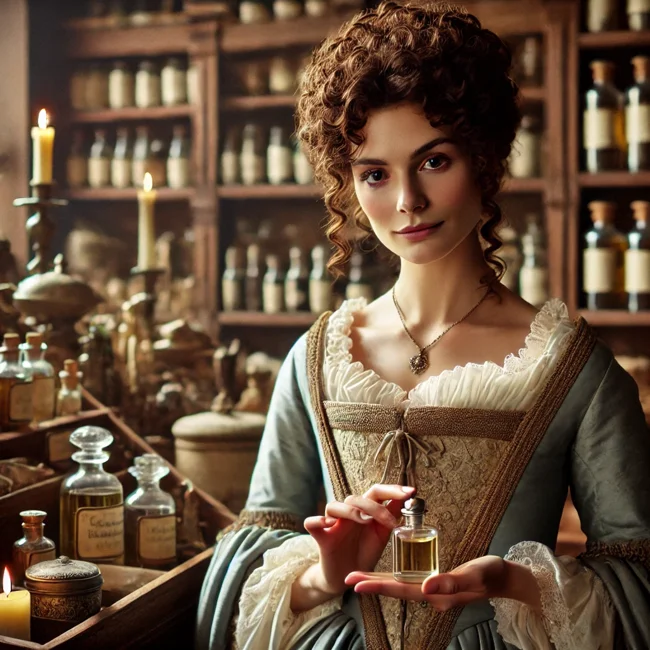
Giulia Tofana quickly became rich and very influential: the Roman churchmen were well disposed towards her, fully aware of how useful a quality poison could be. Most likely, the poisoner would have lived out her life peacefully, enriching her heirs, if not for one of her clients.
The lady turned out to be weak-willed and after she gave her husband the first dose, she came to her senses and rushed to her husband, begging him not to eat what she had prepared. She not only confessed that she wanted to poison her husband, but also that she had bought the poison from Signora Tofana. The husband, furious, dug in his heels and insisted on an arrest, an investigation and a trial. Unfortunately, Giulia's great connections did not save her, and when she tried to hide in a monastery, a rumor spread through the city that the poisoner wanted to pour the aqua-tofana into the city's water supply. That's how Signora Tofana was handed over to the inquisitors.
The poison that became a legend 
The lady was tortured. It's not for nothing that Bulgakov's Tofana appears at the ball in unusual wooden shoes - the poisoner even survived the "Spanish boot". Unable to withstand the torture, she confessed that she really did sell the poison that took the lives of 600 men. In addition, she said that she poisoned Pope Clement XVI, several aristocrats and her own husband.
Tofana and several of her assistants were executed. It is clear that under torture (especially the Inquisition) a person can confess to anything, but one way or another, Mrs. Tofana went down in history as the most widespread poisoner and too cruel even for the Middle Ages (although, it would seem...).
Stories about "St. Nicholas' manna" wandered around Europe for a long time, everyone was afraid that somewhere a supply of deadly poison was stored. Some historians believe that Mozart was poisoned with the poison of Giulia Tofana.
Fortunately, no one has yet managed to reveal the secret of the exact recipe for aqua-tofana.











